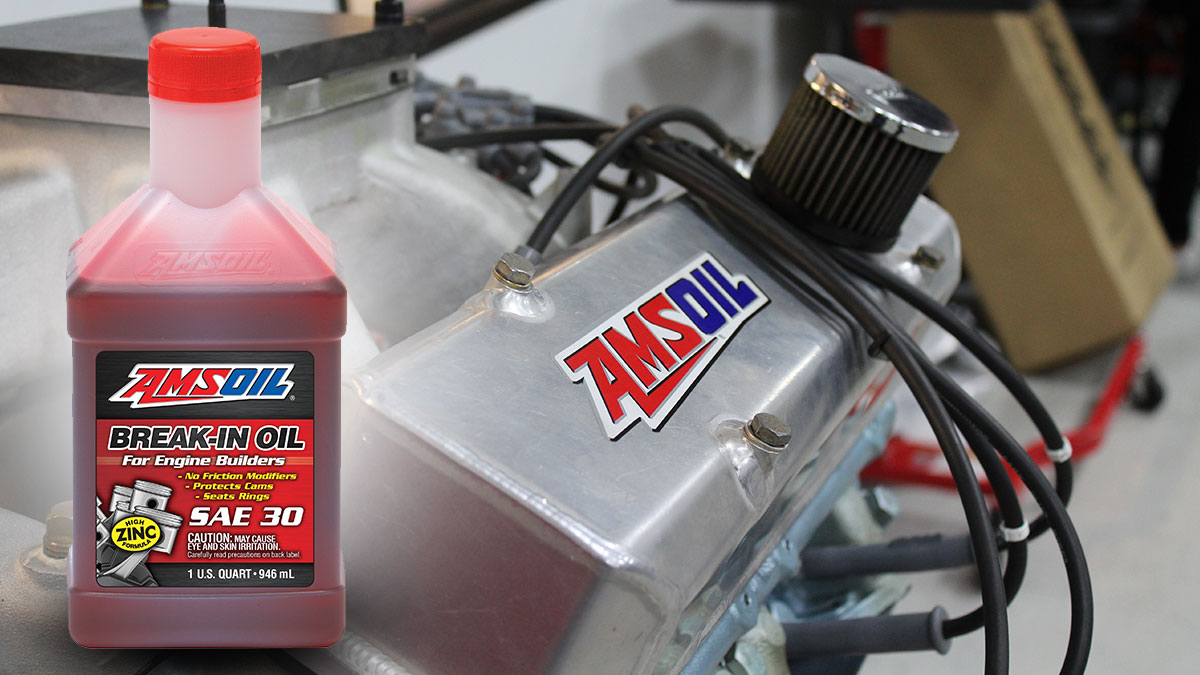All is obviously not well in that engine. I do hold out hope the rings aren't seating though.
I'm not going to say rings "won't" seat on most synthetics, but it certainly narrows the window of things that need to be right. Good crosshatch, changing load during break-in, etc.. In fact, there are an awful lot of engine building shops that advise not using synthetic for break-in. I happen to agree. Personally, I'd be using a Dino oil with a few ounces of ZDDP, taking it easy RPM wise (although I'd be on the throttle a little now and then), and changing it at 20 hours.
That said, a canned and excellent answer right out of the bottle is:
Break-in oil seals the piston rings to the cylinder wall for maximum power and minimum oil consumption. Here's how it works and when to use it.

blog.amsoil.com
When company selling some of the best synthetic oils you can buy tells you to not use it, there's probably a reason....
This article sums up my thoughts perfectly:
Engine break-in is one of the most widely misunderstood processes in the automotive world. High Performance Academy seeks to change that.

www.enginelabs.com
I don't want to put words in Rogers's mouth, but I'm pretty certain he would agree with above also..
Nor is this to say there aren't other things wrong, or that posters above aren't giving excellent advise. However, at this point you really should do all you can to be sure it's not just a ring seat problem, and ergo I'd get break-in oil in PDQ.
Luck to you!








